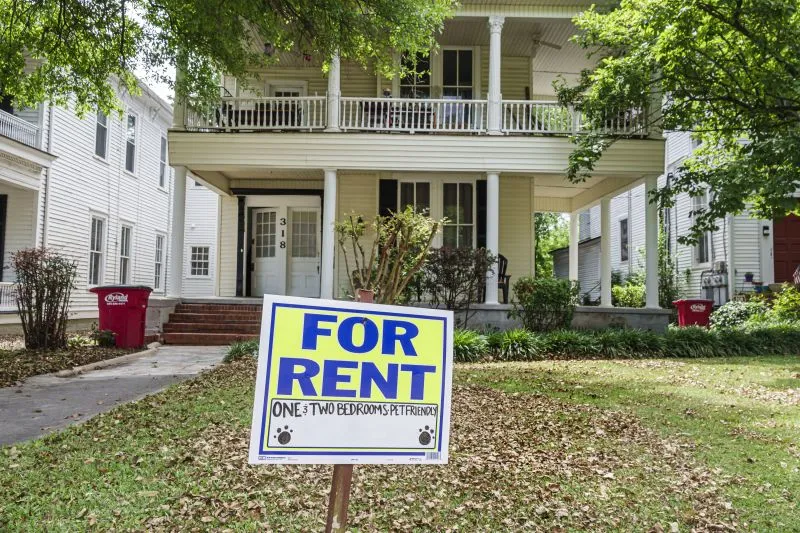Nearly Half of US Renters Are Cost-Burdened by Housing Expenses

Housing Affordability Crisis Intensifies
Nearly half of all renter households in the US were cost-burdened in 2023, meaning they paid more than 30% of their income towards housing costs, according to new government data. The data, released Thursday as part of the US Census Bureau’s 2023 American Community Survey, underscores the gravity of America’s home-affordability crisis. Housing costs rose between 2022 and 2023 for both homeowners and renters, said Molly Ross, a survey statistician at the Census Bureau.
Statistical Breakdown of the Housing Market
- The median cost of housing for renters rose from $1,354 to $1,406 (after adjusting for inflation), marking a 3.8% increase.
- More than 21 million households are considered cost-burdened.
- 56.2% of Black or African American households and 53.2% of Hispanic households faced cost burdens in 2023.
Impact of Economic Trends
Since the pandemic, housing costs have spiked. The Federal Reserve’s near-zero interest rates in 2020 fueled a surge in housing demand, pushing home values higher. Despite recent rate hikes to 23-year highs, demand remains robust, leading to ongoing affordability challenges.
Regional Variances in Cost Burdens
- Six states saw a decline in renters’ income spent on rent: Illinois, Kansas, Minnesota, New Mexico, New York, and West Virginia.
- In comparison, starter homes were found to be 61.3% more expensive than renting in the largest metro areas.
The rising costs are influencing political discourse, with both Vice President Kamala Harris and former President Donald Trump presenting plans to tackle housing affordability ahead of the 2024 US Presidential election.
This article was prepared using information from open sources in accordance with the principles of Ethical Policy. The editorial team is not responsible for absolute accuracy, as it relies on data from the sources referenced.